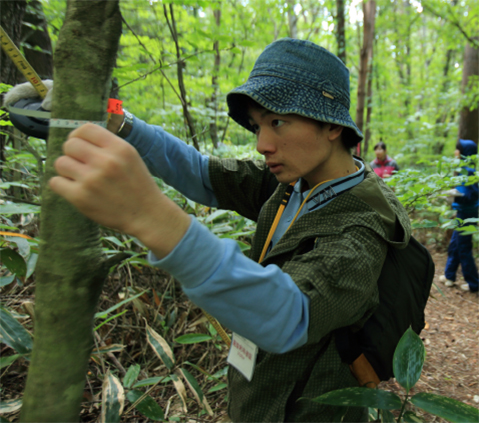Sugadaira Research Station
Sugadaira Research StationYatsugatake Forest StationIkawa Forest StationTsukuba Experimental Forest

We opened these on and off campus facilities in the Chubu region of Honshu at an elevation of 1300 m promoting research, education, and contributions to the community across the fields of biological science, earth science, and agricultural, and other fields. The arboretum is open to the public on weekdays from 9 a.m. to 4 p.m. Please inquire at any time regarding research and educational uses or nature observation open to the general public.
Plant Succession Example
Before the facilities here were established, the space was an expansive grassland, but after planned management, it is now somewhere good examples of vegetation in a variety of successive stages can be observed up close. In the foreground there is a grassland maintained with annual harvesting.
Beyond that lies a red pine forest established through natural renewal when harvesting was stopped around 1970. In the same way, a mixed forest of red pine and deciduous broad-leaved trees began here around 1945. Even further beyond that is a coppice regenerated deciduous broad-leaved tree forest born from the tree stumps left after a firewood forest was felled.
The trees here are more than 80 years old. This broad range of transition stages supports a large amount of biodiversity. The further back you progress, the longer the amount of time has passed for each transition stage as if you are slipping back in time.
Mountain Biodiversity Studies
Since its establishment in 1934, we have been promoting mountain biodiversity studies, which includes natural history, classification, generation, ecology, genealogy, and reciprocal actions based on the three main pillars of plants, which create the framework of the ecosystem, insects and arthropods, which have the largest known diversity, and fungi and microorganisms, which have the largest unknown diversity. There are approximately 400 kinds of herbaceous plants and trees, 29 of the 32 orders of insects living on earth, and 86 of the 136 orders of fungi that can be observed and collected on the premises resulting from amassed know-how over many long years.

- Plants
- Insect・Arthropoda
- Fungi・Microbes
Glacial Relict
Species that were once widespread during the ice age had their growing seasons shortened as the climate warmed, and those that survived distributed throughout the limited remaining habitats are called glacial relicts. Many such creatures can be seen in Japan’s steep alpine belt. Meanwhile, Sugadaira has a cold climate similar to Wakkanai (the northernmost city in Japan) with gentle topography preferred by glacial relicts that include plants growing here such as the Rosa davurica, Miyabe maple, Shibata maple, Crataegus chlorosarca, Triosteum sinuatum Maxim., Lonicera vidalii, Lonicera maackii, and Lonicera morrowii, and the habitation of animals such as Grylloblattodea, and Scopura longa.
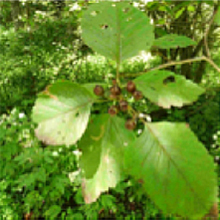
Crataegus chlorosarca
Rosa dauvurica Pallas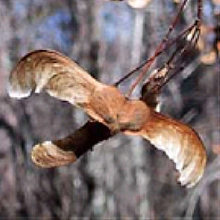
Acer miyabei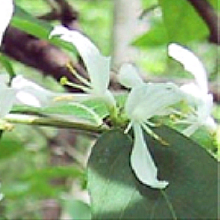
Lonicera maackii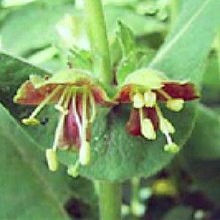
Triosteum sinuatum
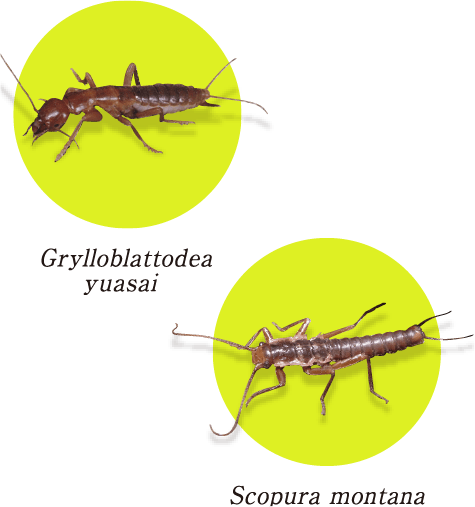
Precious Semi-Natural Grassland

This area is a semi-natural grassland of 6 hectares maintained with harvesting via human interference. The more than 60 cm deep black Andosol here is estimated to be grassland environment deposits that have continued for approximately 5500 years starting in the Jomon period. Grasslands have been cultivated and maintained with natural disturbances and human-led fires and grazing and are thought to account for 10% or more of Japan’s land from hundreds of thousands of years ago to beyond the ice age. However, the grasslands have declined rapidly in recent years due to the suppression of natural disturbances by humans and abandonment of artificial grasslands and now account for a mere 1% of land in Japan, which means that the numerous organisms that have inhabited the grasslands since ancient times are now in danger of extinction. It is extremely rare for an academic institution to be in possession of a grassland dominated by diverse native plants and utilize in research and education that includes operational experiments.
Low Temperature Environment in Winter
The cold of winter here is harsh with temperatures below freezing even during the day in the middle of winter for days on end. The average temperature in February is minus 5.5 degrees Celsius. December through April produces a roughly one-meter accumulation of snow, but as it is located in the Japan Sea weather sphere, there are many sunny days and you can observe winter birds and find footprints in the snow left behind by Japanese serow, squirrels, and other wild animals in the winter ecosystem that can be witnessed here. Exercises and research on snowy and ice climates that make use of the high-elevation and low-temperature environment are also conducted here.


Field Course in Biology during snow season
Field course in Meteorology and Glaciology
Japanese squirrel
Low air temperature environment in winter
Mountain Science Center – Universicy of Tsukuba
Sugadaira Research Station
1278-294 Sugadaira-kogen, Ueda, Nagano 386-2204, Japan
TEL +81-268-74-2002 / FAX +81-268-74-2016
| suga-jimu@msc.tsukuba.ac.jp | |
| https://sugadaira.tsukuba.ac.jp/ |


